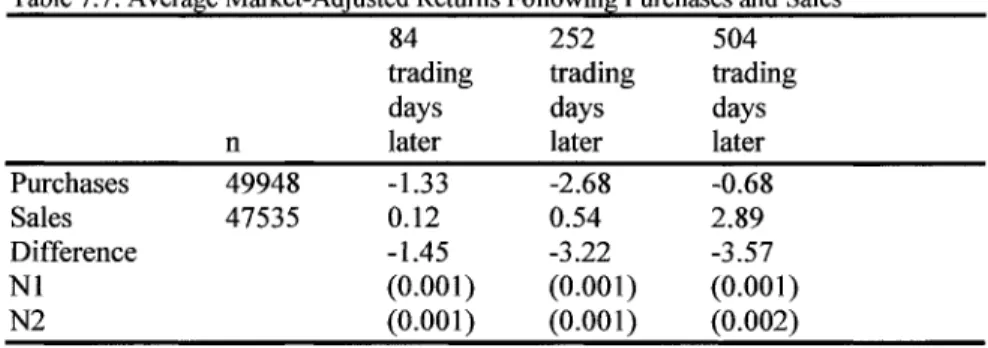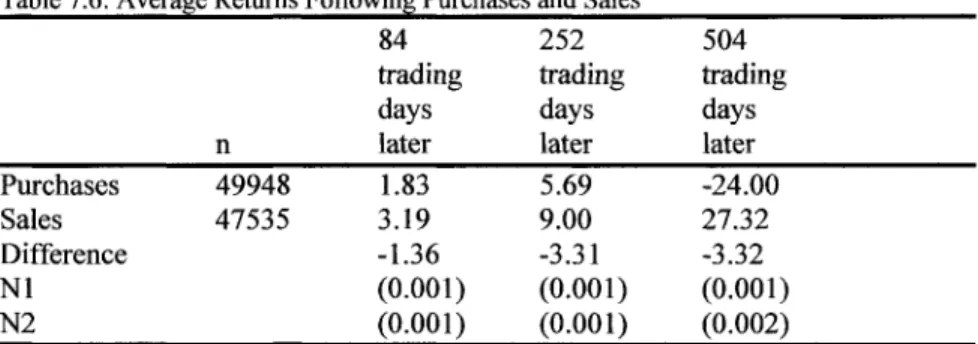This book provides the reader with: (1) a brief overview of investment management and its historical evolution, (2) the findings of a considerable amount of academic research on the performance of investment managers, (3) the various issues related to both institutional and individual portfolio mismanagement, (4) the impact of investment costs and the issue of mismanagement, and (5) a treatment of the constructs of suitability and churn. An investor has a specific objective, the achievement of which is the responsibility of the manager.
THE INVESTMENT PROCESS
- Introduction
- The Portfolio Owner
- The Portfolio Manager
- The Manager's Performance
As shown in Figure 2.1, the needs and wants of the portfolio owner are a direct function of the owner's: (1) objectives, (2) utility function, (3) tax issues, and (4) investment horizon. The task of the portfolio manager is to properly allocate funds to those investment vehicles that are consistent with the needs and wishes of the portfolio owner.
Ill: THE HISTORICAL BACKDROP FOR INVESTMENT MANAGEMENT
Introduction
Due to space limitations, the following historical synopses include only limited descriptive information about the stock exchange, investment banks and investment companies. Trust companies operated independently before their almost complete absorption by banks in the early 1900s.
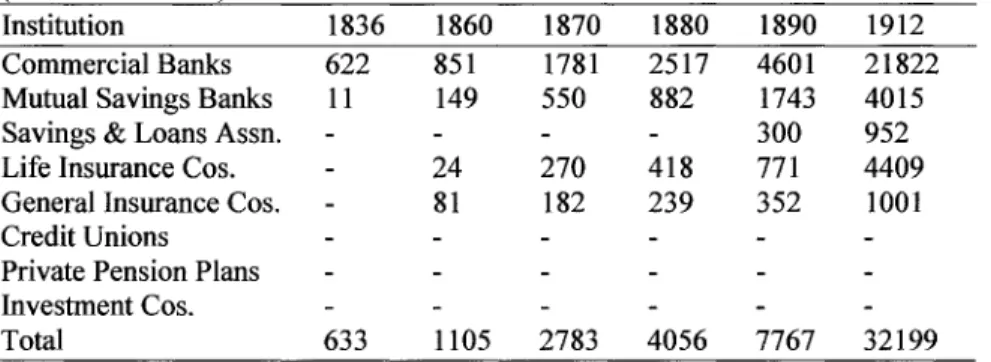
Stock Exchanges
By the 1930s, some of the more active stocks had been traded by up to six specialists. After this, much of the activity began to take place electronically in rooms next to the exchange floor.
Investment Banking
Then investment banking experienced its halcyon days in the last half of the century. In addition to the impact of legislation, the economic environment of the 1930s dealt a devastating blow to the investment banking industry.
Investment Companies
Regardless of its precise origins, the growth of American investment companies was gradual from 1889 to 1924, during which time eighteen investment companies were established in the United States. Of greater importance to the industry's success, however, was the emergence in 1924 of the first open-end fund, Massachusetts Investors Trust.
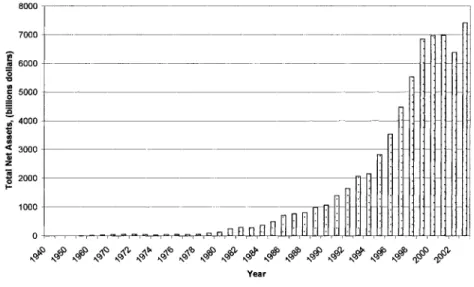
Summary
According to Bogle, the impact of these combined expenses results in the average ftxnd today delivering only 79% of the market's annual return, compared to 89% of the market's return during the 1945-1965 period. Regarding the third of the investment-related entities of interest, today's mutual funds offer both opportunities and potential pitfalls in the plethora of products available and their varied fee structures.
MARKET EFFICIENCY AND ANOMALIES
- Introduction
- Two Schools of Thought
In recent years, a body of evidence on security returns has posed a sharp challenge to the traditional view [here the author uses the term "traditional" to refer to the efficient market view that originates in the middle. To summarize, there are two opposing schools of thought regarding the usefulness of public information in the investment process: (1) the "efficient markets" theorists who claim that investors benefit from using public information, and (2) the more traditional school which means that investors who spend resources to obtain information can receive compensation for their efforts.
APPENDIX 4A
SECURITIES PRICE PATTERNS
THE EFFICACY OF ANALYSTS' RECOMMENDATIONS
- Introduction
- More Recent Evidence
- Summary
The authors of the study from which we adapted Table 5.1 are Barber and Loeffler (1993), who examine the impact of analyst recommendations appearing in the table. However, a substantial portion of the information content appears to be discounted during the first month in the market.
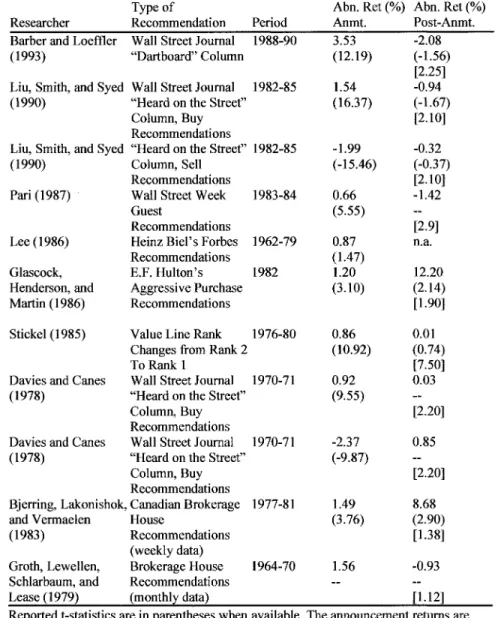
STUDIES OF INSTITUTIONAL PORTFOLIO PERFORMANCE
- Introduction
- Performance Findings
- Market Timing Findings
- Persistence Findings
A decade after Mazuy and Treynor, Miller and Gressis (1980), in "Nonstationarity and Evaluation of Mutual Fund Performance,". These findings are supported by Kon (1983) in "The Market-Timing Performance of Mutual Fund Managers" who finds that fund sampling produces better selectivity than timing performance. Volkman (1999), in "Market Volatility and Perverse Timing Performance of Mutual Fund Managers," examines managers' security choice and market timing in the 1980s, as well as the persistence of performance before and after the 1987 crash.
In a different vein, Bers and Madura (2000) in 'The Performance Persistence of Closed-End Funds' extend the extensive literature on investment performance in the mutual fund industry to closed-end funds. In this chapter, WQ has briefly presented the findings of some of the more commonly cited studies in the areas of professional portfolio performance, the market-timing ability of mutual fund managers, and the persistence of mutual fund performance. Overall, the findings to date on market timing indicate that mutual fund managers are generally unable to time market movements.
APPENDIX 6A^^
ADDITIONAL FUND STUDIES
STUDIES OF INDIVIDUAL PORTFOLIO PERFORMANCE
- Early Findings
- More Recent Findings
- Summary
As shown in Table 7.2, the authors compare investors' realized gains after transaction costs to the corresponding period gains for the NYSE/ASE value-weighted portfolio. In conclusion, the authors state that individual investors show an overall picture of respectable investment acumen, especially in short-term trading. For the 84 months considered, the authors reconstruct beginning-of-month portfolio balances for approximately 2,500 client accounts.
In light of these findings, the authors conclude that perhaps one reason why individual investors manage their portfolios is because of the satisfaction they derive from doing so. The disposition effect was posited by Shefrin and Statman (1985) and is an extension of Kahneman and Tversky's (1979) prospect theory of investing.^^ The author also offers an alternative behavioral theory by asserting that investors may hold losers because they believe that these shares will soon exceed today's winners. Another work by Barber and Odean (2001) that deals with the issue of trading is "Boys Will Be Boys: Gender, Overconfidence and Mutual Stock Investing". The authors explain that it is unlikely that the requirements of rational trading activity will be calculated.
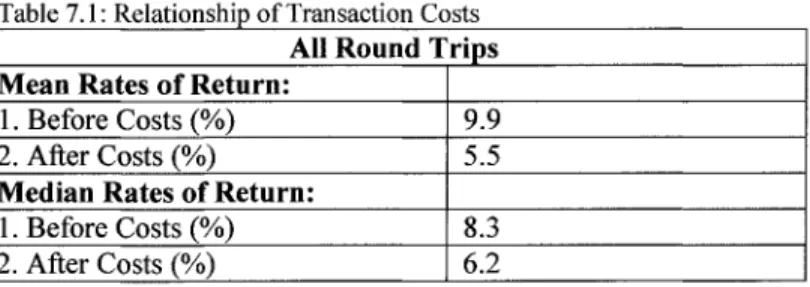
INVESTMENT COSTS AND THE MISMANAGEMENT ISSUE
- Introduction
- Institutional Portfolio Management Issues
- Individual Portfolio Management Issues
- The Impact of Costs
- Discussion
As can be seen in the studies above, both the loads and the fees of 12 billion liters apparently represent heavy costs for investors. Shortly thereafter, Sharpe (1966), in his spatial study, alludes to the influence of management fees on earned returns as a reason for the high variability in the cross-sectional variation of earned returns. As seen in various style analyses, the bottom line impact to the investor is relatively small compared to the impact of fees and expenses discussed in the previous sections above.
In the case of an average individual investor who has used a full-service broker over the past 15 years, the investor would have benefited approximately $200,000 from an initial investment of $100,000, but would have lost $178,000 in profits due to the impact of sector costs. Secondly, we look at the problem of mismanagement in the case of investors who manage their portfolios through discount or full-service brokers. Thus, in the case of individual investment management, the author leaves the reader with two additional questions: (1) Are individual investors mismanaging their investment portfolios?
SUITABILITY
- Introduction
One reason for eligibility problems may be that the customer has not clearly outlined his or her goals to the account representative. These current flaws lie in the information gathering techniques currently used by brokers and in the resulting communication errors between the broker and the client regarding the latter's investment objectives.^^. 34;Many brokers do not give the client a copy of the agreement after the broker completes the new account form after interviewing the new client.
It also allows the broker to later argue that the client's income goal was the basis for the broker's trading in high-yield junk bonds. Finally, if the client does not see the broker's conclusions on the form, a greater potential for error is injected.^^. The authors call on the NASD Board of Governors to evaluate this issue with two objectives in mind: (1) "the Board may consider the possibility of an interpretation or mandate pursuant to its Rules of Fair Practice requiring NASD- members use a uniform new account form that includes a less general 'objectives' section than most of those currently used by firms," and (2) "the Board should require the broker to review the completed form with the client , have the client sign it when finalized, and give a copy of the completed form to the client." They conclude that these reforms should facilitate dealing with the issue of eligibility.
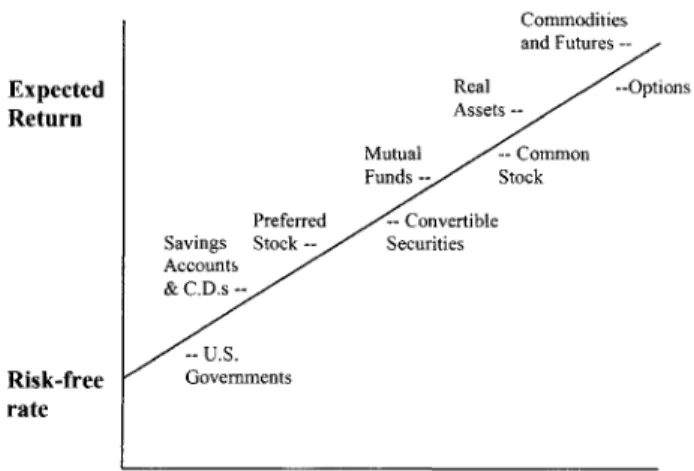
CHURNING
- Industry Rules
The issue of brokers' responsibility to clients is set out in the rules of the New York Stock Exchange (NYSE) and of the National Association of Securities Dealers (NASD). The authors review the three elements to recover under a revolving claim control' over the account by the broker; (2) excessive trading in the account in light of the client's objectives; and (3) willful, an intent to defraud or a reckless disregard for the client's best interests by the broker." In their discussion of the background on whining, they explain that the brokerage industry's compensation structure is based on the volume of trading activity. in customer accounts.
However, due to the ever-changing market, maintaining a position on the efficient frontier means an optimal turnover ratio. More than half of the possible combinations show that turnover rates differ significantly between categories. Correcting these trends according to the suggestions derived from our study of mutual fund data should significantly improve the use of tumor rates in the analysis of the excessive element of debt repurchase trading.^"^.
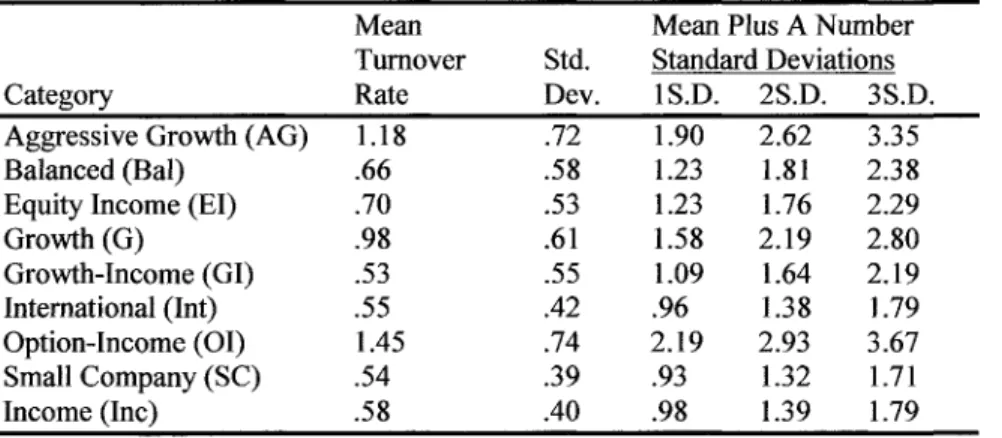
APPENDIX lOA: EXAMPLE OF A CHURNING CLAIM
CONCLUSION
The purpose of this book is to make readily available a broad overview of the investment arena that both individual and professional investment managers face. The two basic schools of thought, the efficient market theorists and the traditionalists, are briefly discussed in Chapter IV. How well investors fare through the services of professional managers is revealed in Chapter VI.
The results of the studies therein examining mutual performance are somewhat sobering, as it is evident that most investors using mutual funds receive little more than a selection of fund objectives, registration and diversification in return for the costs they incur . . Equally sobering are the results of individual investor surveys in Chapter VII, which show that, on average, investors tend to make inefficient buying and selling decisions and often pay significant commissions in the process of doing so. As shown in Chapter VIII, investment costs can substantially reduce mutual bond profits by up to 33% on average over a 15-year period, and even more for loaded mutuals.
Shanken Problems in Measuring Portfolio Performance: An Application to Contrarian Investment Strategies," Journal of Financial Economics. Sloan Returns to Contrarian Investment Strategies: Test of Naive Expectations Hypotheses," Journal of Financial Economics, 41, 3-27. Jen The Investment Performance of Mutual Funds: An Empirical Investigation of Timing, Selectivity, and Market Efficiency,” The Journal of Business.
Affleck-Graves Underperformance in Long-Term Stock Returns Following Equity Horse Offerings," Journal of Financial Economics. , Style, Transaction Costs, and Expenditure," The Journal of Finance.
AUTHOR INDEX
SUBJECT INDEX



